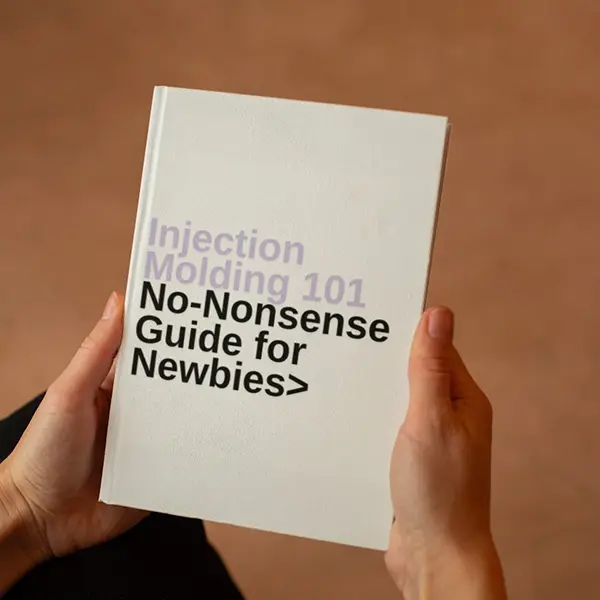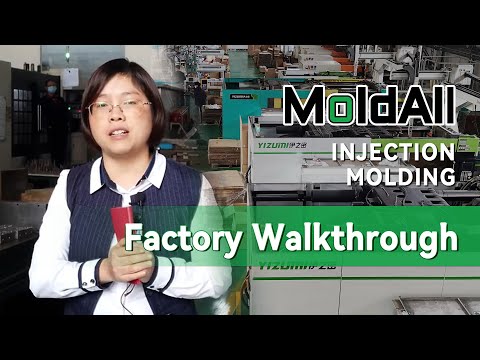Injection molding is a cornerstone of modern manufacturing, particularly in producing the plastic components of keyboards, such as keycaps and bases. This process involves melting plastic pellets, injecting them into a mold under high pressure, and cooling them to form precise, durable parts. Renowned for its efficiency and consistency, injection molding is ideal for mass-producing keyboards1 with uniform quality. A specialized technique, double-shot molding2, is frequently used for keycaps, layering two plastics to create long-lasting legends—especially valuable for backlit keyboards.
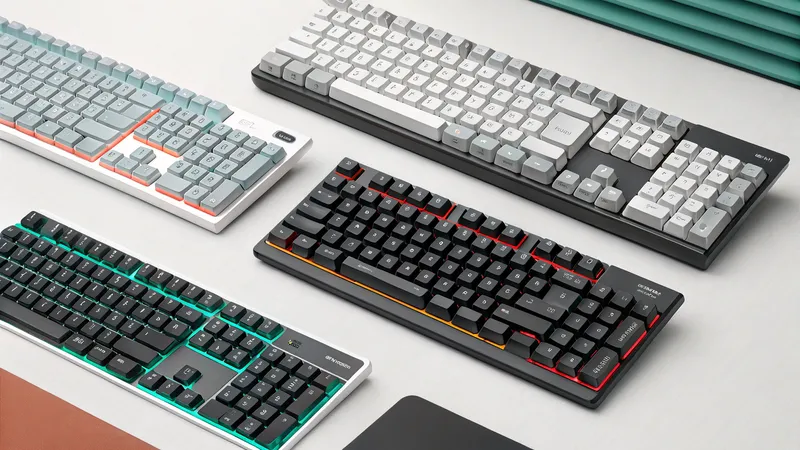
- 1. What are the Common Materials Used in Injection Molding for Keyboards?
- 2. What are the Steps in the Injection Molding Process for Keyboards?
- 3. What Factors Influence the Choice of Injection Molding for Keyboards?
- 4. What are the Applications of Injection Molding in Keyboard Manufacturing?
- 5. How Does Injection Molding Compare to Other Manufacturing Methods for Keyboards?
- 6. Conclusion
Key Points
-
Injection molding machines craft keyboards by melting plastics like ABS or polycarbonate and injecting them into molds to shape keycaps and bases.
-
The process encompasses designing parts, creating molds, injecting molten plastic, cooling, and ejecting finished components.
-
Double-shot molding enhances keycaps with durable, non-fading legends, particularly for backlit designs.
-
While optimized for mass production, injection molding3 can adapt to custom or low-volume runs4 using 3D-printed molds.
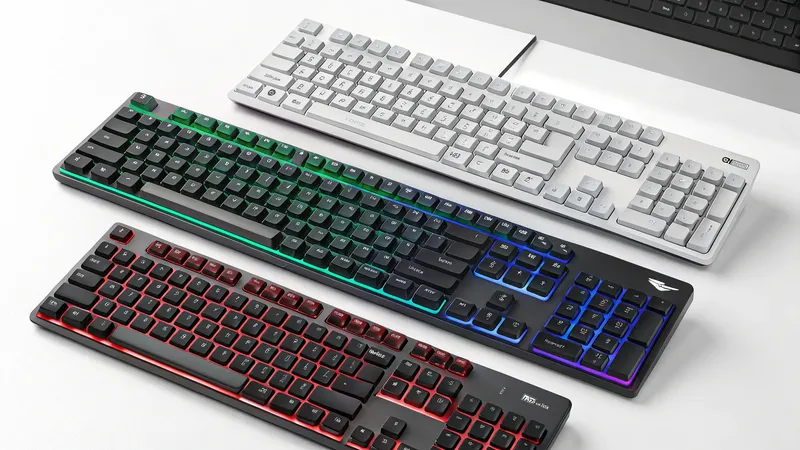
Overview
The injection molding process begins with melting plastic pellets, which are then injected into a mold under high pressure. After cooling, the solidified part is ejected, ready for assembly. This method excels in producing large quantities of keyboard components—like keycaps and bases—with consistent quality. Double-shot molding, a standout technique, involves two injection cycles to fuse different plastics, ensuring keycap legends remain vivid and durable, a feature prized in backlit and gaming keyboards.
Injection molding is the most cost-effective method for producing keyboards.True
For large production runs, injection molding reduces per-unit costs significantly due to economies of scale.
Double-shot molding is only used for high-end keyboards.False
While prevalent in high-end models, double-shot molding also appears in mid-range keyboards for enhanced durability and aesthetics.
What are the Common Materials Used in Injection Molding for Keyboards?
The choice of materials in injection molding dictates the performance and feel of keyboard components. Thermoplastics dominate this space, with ABS (Acrylonitrile Butadiene Styrene)5 being a go-to for keycaps due to its toughness and moldability. Polycarbonate6, valued for its strength and heat resistance, is typically used for keyboard bases. For premium keycaps, PBT (Polybutylene Terephthalate)7 offers superior durability and a matte texture.
| Material | Application | Properties |
|---|---|---|
| ABS | Keycaps | Tough, impact-resistant, easy to mold |
| Polycarbonate | Keyboard base | High strength, heat-resistant, electrically insulating |
| PBT | Premium keycaps | Durable, matte texture, higher cost |
ABS is the only material used for keycaps.False
While ABS is widespread, PBT is also employed for premium keycaps due to its superior durability.
What are the Steps in the Injection Molding Process for Keyboards?
Creating keyboard components via injection molding follows a precise sequence:
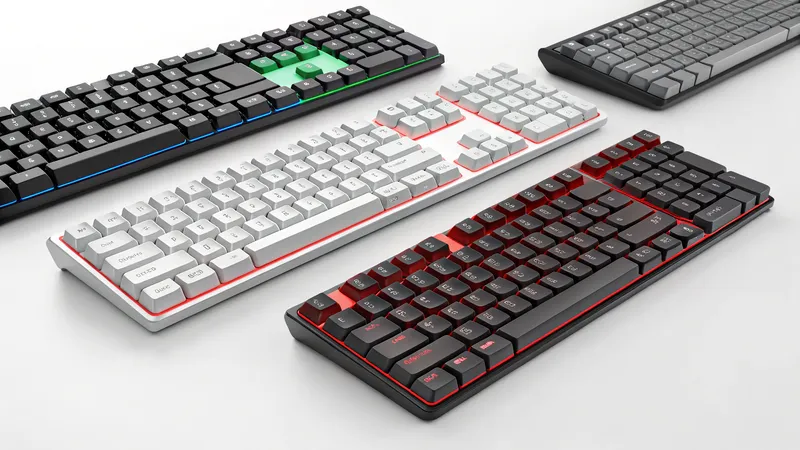
-
Design: Engineers craft CAD models8, optimizing for draft angles, wall thickness, and undercuts.
-
Mold Creation: Molds are fabricated, often via CNC machining or 3D printing for prototypes.
-
Material Preparation: Thermoplastics are selected and dried to eliminate moisture.
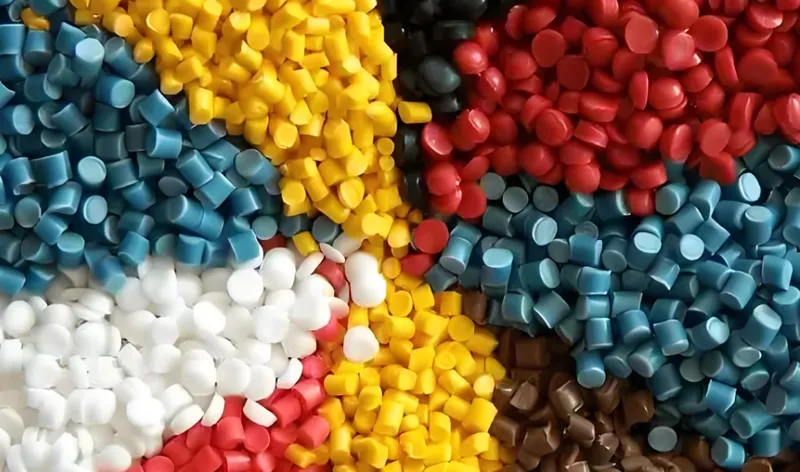
-
Injection: Plastic is melted and injected into the mold under high pressure.
-
Cooling: The molten plastic cools and solidifies within the mold.
-
Ejection: The mold opens, and the part is ejected using pins or blades.
-
Post-Processing: Excess material is trimmed, and parts are finished for assembly.
Double-shot molding adds complexity, requiring two injection cycles—one for the keycap body and another for the legend layer.
The injection molding process for keyboards is fully automated.True
Modern injection molding machines leverage automation to cut labor costs and boost efficiency.
What Factors Influence the Choice of Injection Molding for Keyboards?
Deciding to use injection molding hinges on several considerations:
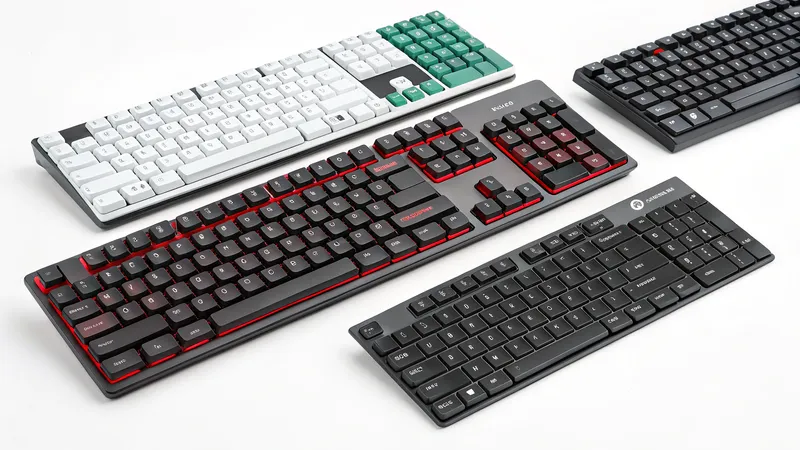
-
Production Volume9: Best for high-volume runs, where low per-unit costs offset initial tooling expenses.
-
Part Complexity10: Excels at forming intricate shapes, like keycaps with legends.
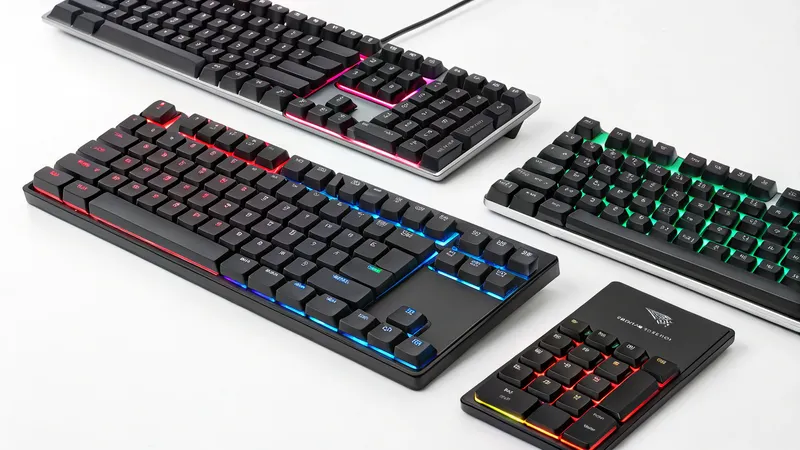
-
Material Requirements11: Demands specific thermoplastics like ABS or polycarbonate for durability.
-
Cost Constraints: High upfront costs are balanced by economical large-scale production.
For small batches or prototypes, alternatives like 3D printing or CNC machining may prove more practical.
| Factor | Injection Molding | Alternatives |
|---|---|---|
| Production Volume | High (>10,000 units) | Low (<1,000 units) |
| Part Complexity | High | Medium to Low |
| Material | Specific thermoplastics | Various |
| Cost | High initial, low per-unit | Lower initial, higher per-unit |
Injection molding is always the best choice for keyboard production.False
For low volumes or prototypes, methods like 3D printing offer lower setup costs.
What are the Applications of Injection Molding in Keyboard Manufacturing?
Injection molding serves a broad range of keyboard types:
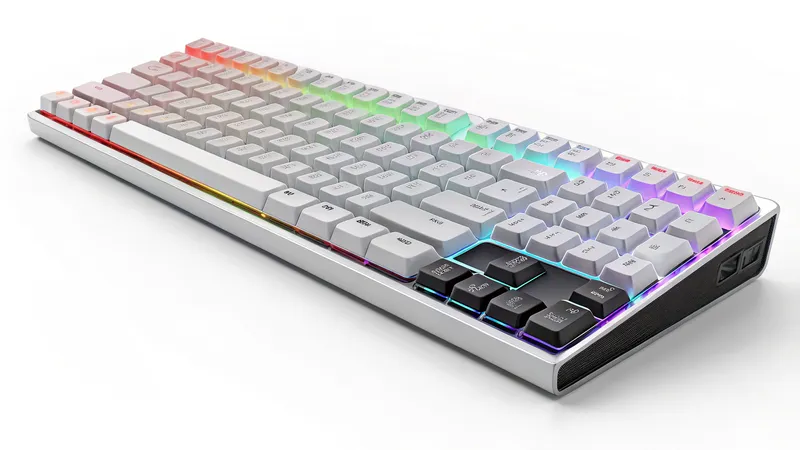
-
Mass-Produced Keyboards: Streamlines production of standard models in large quantities.
-
Custom Keyboards: Adapts to low-volume runs with 3D-printed molds.
-
Gaming Keyboards: Leverages double-shot molding for durable, backlit keycaps.
Injection molding is only used for standard keyboards.False
It also supports custom and gaming keyboards, particularly with double-shot molding.
How Does Injection Molding Compare to Other Manufacturing Methods for Keyboards?
Injection molding stands out for its strengths:
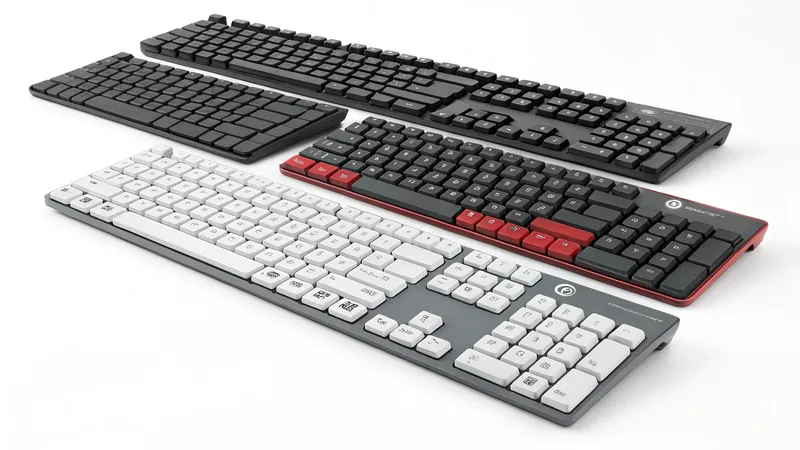
-
Efficiency: Rapid production for large volumes.
-
Precision: Tight tolerances for complex geometries.
-
Material Versatility: Compatible with various thermoplastics.
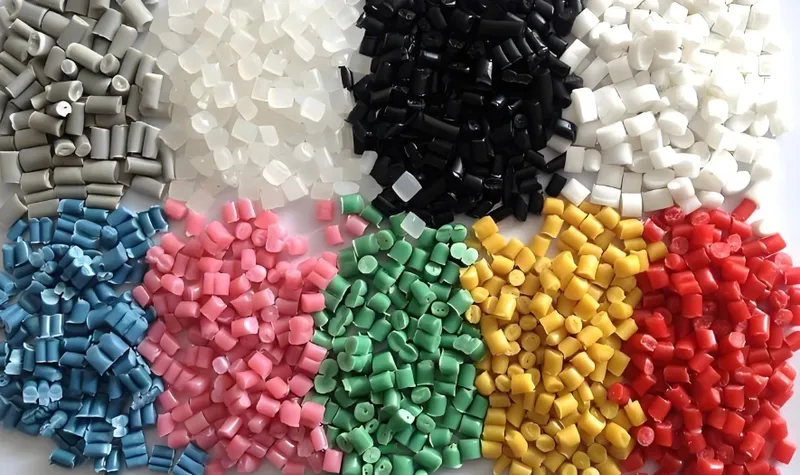
Yet, its high initial tooling costs make it less ideal for small runs, where 3D printing or CNC machining shine.
| Method | Pros | Cons |
|---|---|---|
| Injection Molding | High speed, precision, material versatility | High initial costs, not for low volumes |
| 3D Printing12 | Fast prototyping, no molds needed | Limited durability, slower for mass production |
| CNC Machining13 | High precision for small batches | Slower, costlier for large volumes |
Injection molding is the only method used for keyboard production.False
3D printing and CNC machining are viable for prototypes and small batches.
Conclusion
Injection molding is indispensable in keyboard manufacturing, delivering high-quality keycaps and bases with efficiency and precision. Its versatility supports mass production and specialized techniques like double-shot molding, enhancing keycap durability—especially for gaming keyboards. Though initial costs are steep, the benefits for large-scale production are unmatched. By grasping the process, materials, and decision factors, manufacturers can optimize their approach to meet diverse needs.
-
Discover the advantages of mass production in keyboard manufacturing and how it ensures quality and efficiency. ↩
-
Explore this link to understand how double-shot molding enhances keycap durability and design, especially for backlit keyboards. ↩
-
Explore this link to understand the injection molding process and its significance in producing high-quality keyboard components. ↩
-
Discover how injection molding can be tailored for custom projects, making it versatile for various production needs. ↩
-
Explore the advantages of ABS in injection molding to understand why it’s a preferred choice for keycaps. ↩
-
Learn about polycarbonate’s unique properties that make it ideal for keyboard bases and other applications. ↩
-
Discover the reasons behind PBT’s popularity for premium keycaps and its benefits over other materials. ↩
-
Discover the importance of CAD models in engineering and design, crucial for creating precise and optimized components. ↩
-
Understanding production volume helps in making informed decisions about manufacturing methods and cost efficiency. ↩
-
Exploring part complexity can reveal how design intricacies influence manufacturing choices and capabilities. ↩
-
Learning about material requirements is crucial for selecting the right thermoplastics for durable and effective products. ↩
-
Discover the unique advantages of 3D Printing, especially for prototyping and small runs, which can revolutionize your production approach. ↩
-
Learn about CNC Machining’s precision and its ideal applications, especially for small batches, to make informed manufacturing decisions. ↩


